At the most recent UN Climate Summit, a number of countries (Norway included) pledged to double the rate of energy efficiency improvements by 2030. To reach that goal, we need to leverage existing technology, and to develop new solutions such as thermal batteries and high-temperature heat pumps.
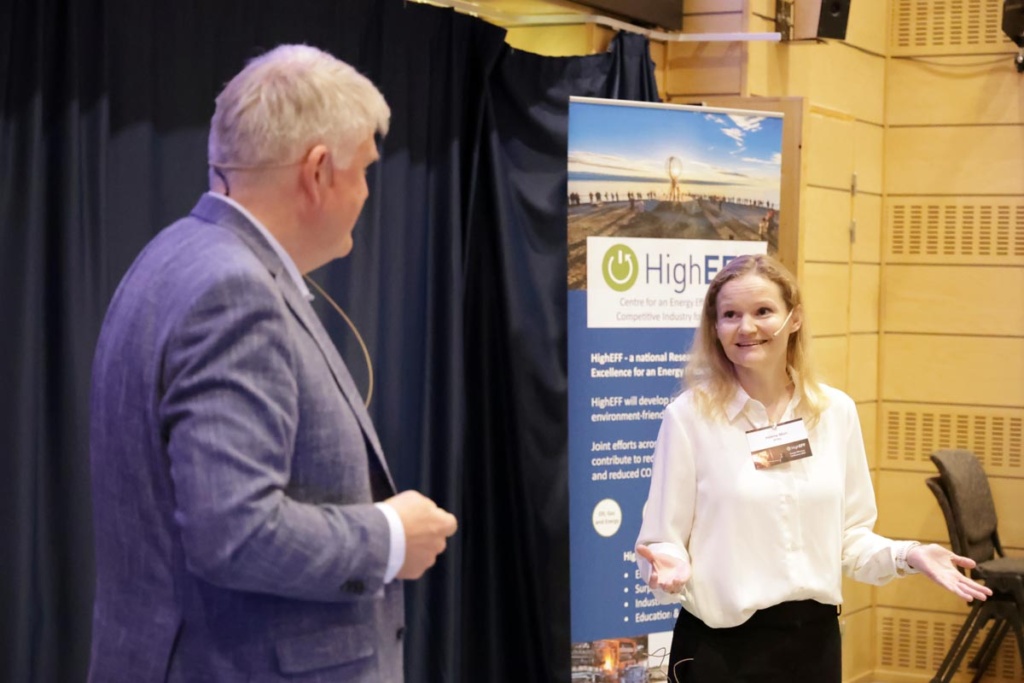
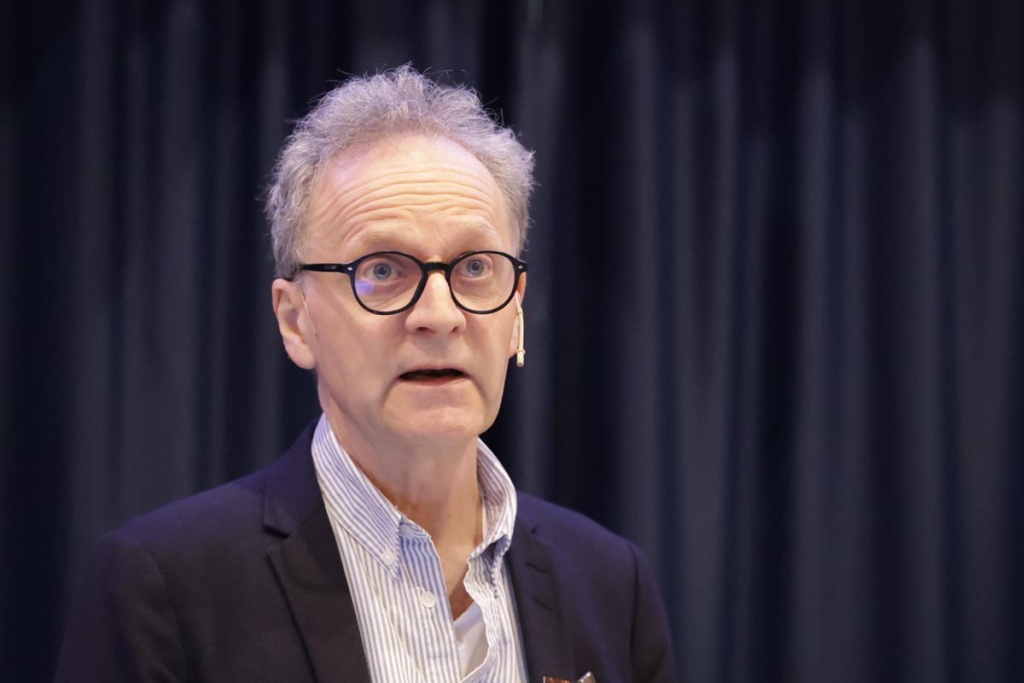
The day’s programme included presentations by the industry and by research scientists, followed by panel debates. For Emilie Våge, Director of social responsibility and sustainability at REMA 1000, energy efficiency is not just about protecting the environment, but also a measure that helps the business keep prices low.
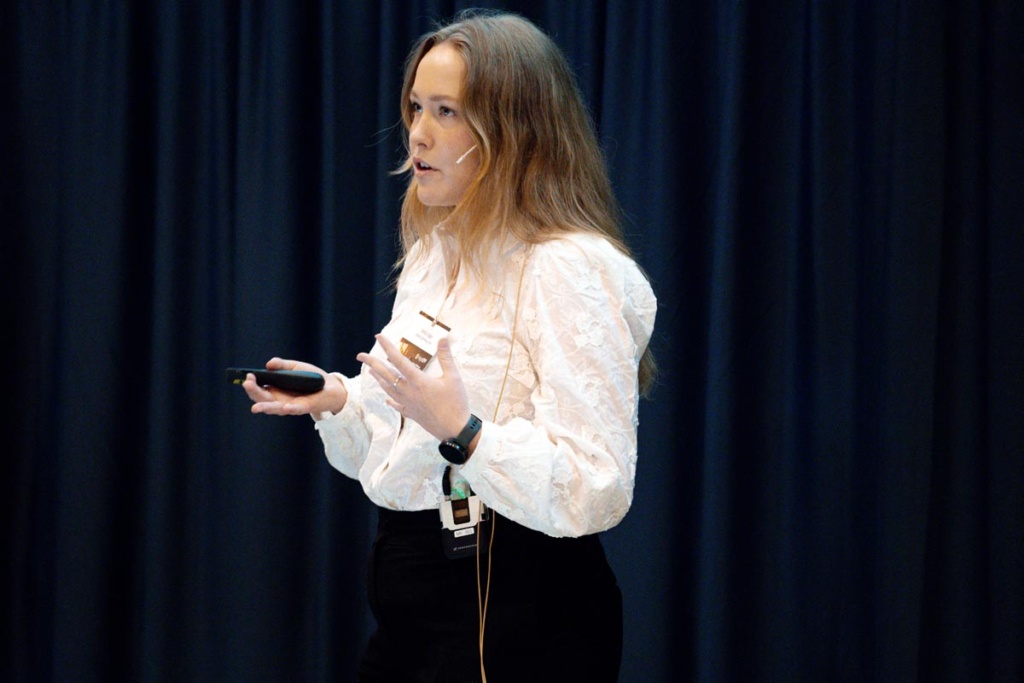
For ERAMET, represented at the conference by its Director of research and development Benjamin Ravary, energy efficiency is one of many measures that are necessary to achieve decarbonisation.

One difficulty linked to the use of excess heat is that it involves companies entering agreements that are not linked to their core activity. To help them on the way, HighEFF prepared a handbook that contains tips and ideas for profitable energy sharing collaborations. This handbook was presented to Toril Svaan, Department lead at the Ministry of Energy.
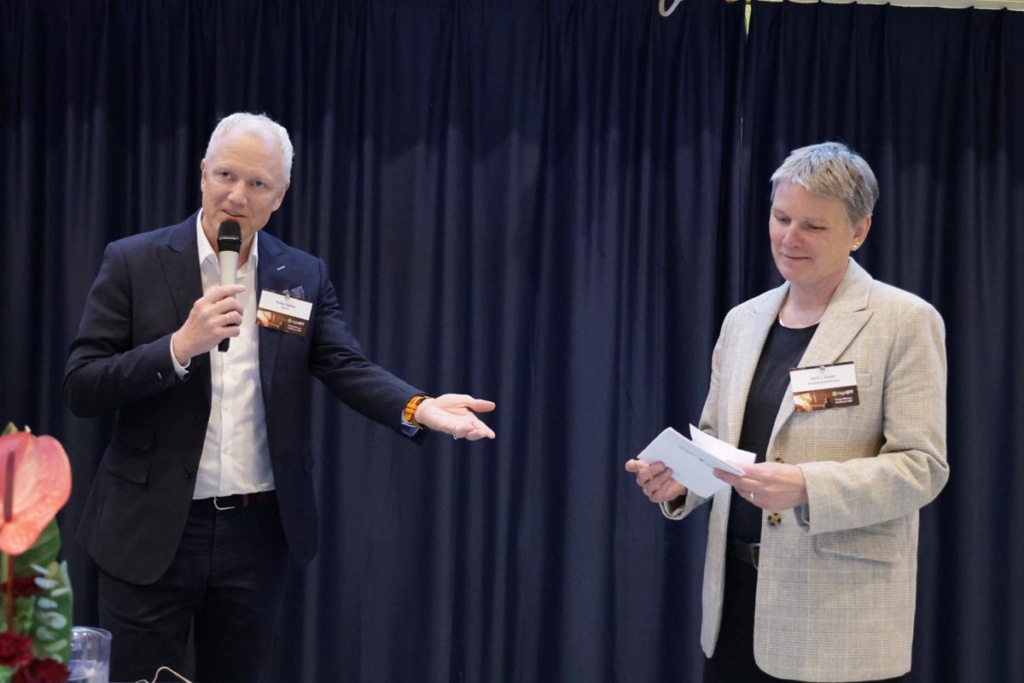
Examples of successful excess heat integration into the energy systems were given by Aasmund Lie, Director of Industry at Orkland municipality, John Iver Bakken, Director of sustainability and external environment at Hafslund Oslo Celsio, and Eline Olafsrud Evjen, Director at Bodø Energi Varme.
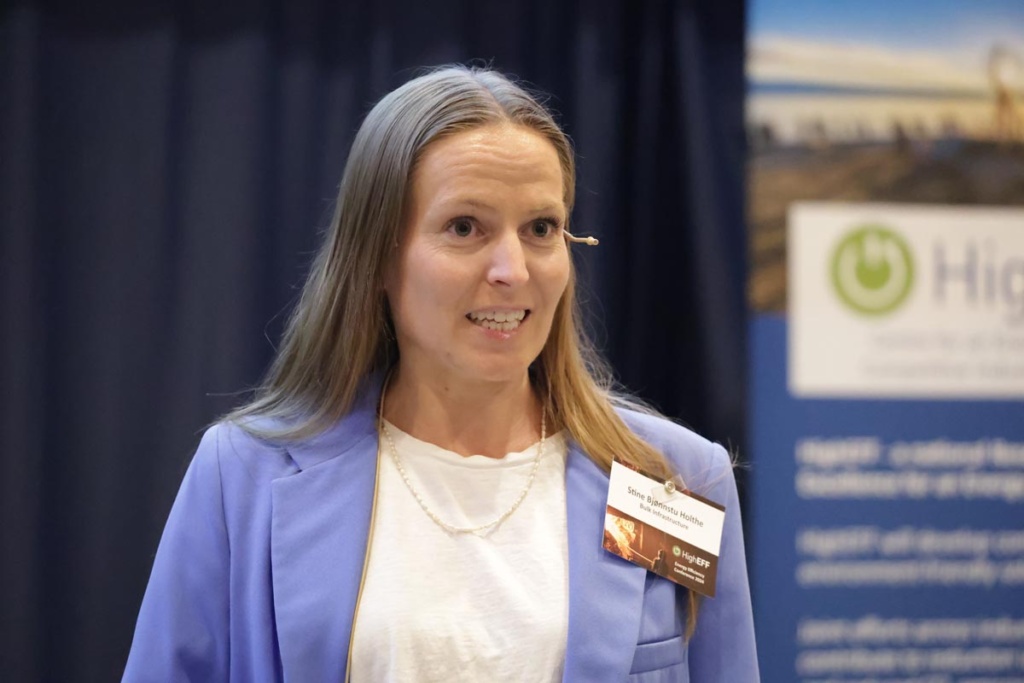
The day ended with a discussion between Ole Even Hollås (Enova), Toril Svaan (Ministry of Energy) and myself, about the way forward to reach national and international targets, both with regards to financing and regulatory framework.
The next big event on the HighEFF programme is the Final Conference, which gathers the entire consortium in Trondheim on 29-30 May. Later, HighEFF will organise two sessions at Norwegian political festival Arendalsuka. One has the same title as this conference: How to put a stop to energy waste? (in Norwegian: Hvordan få slutt på energisløsing?) and one with a focus on thermal energy storage: «Akademisk kvarter» med fokus på termisk energilagring. Before Arendalsuka, a concept will be developed to allow for a continuation of HighEFF in collaboration with the consortium’s industry partners.
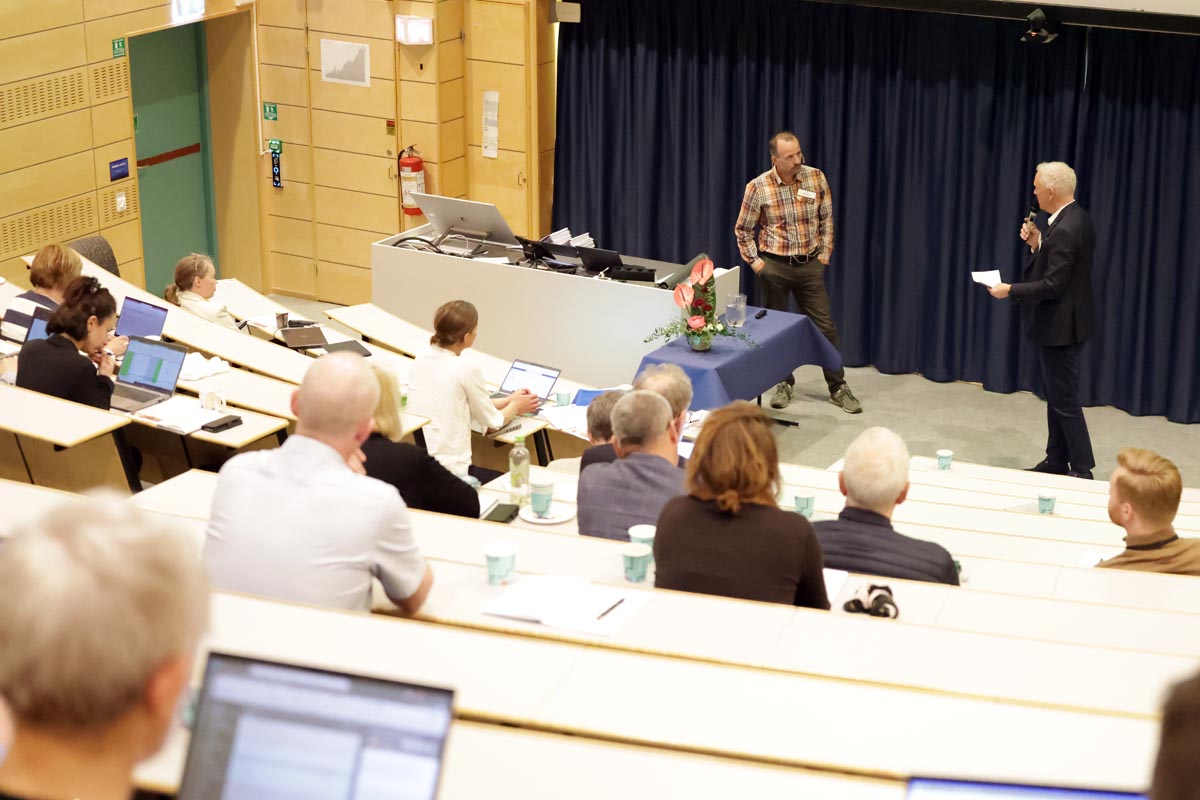
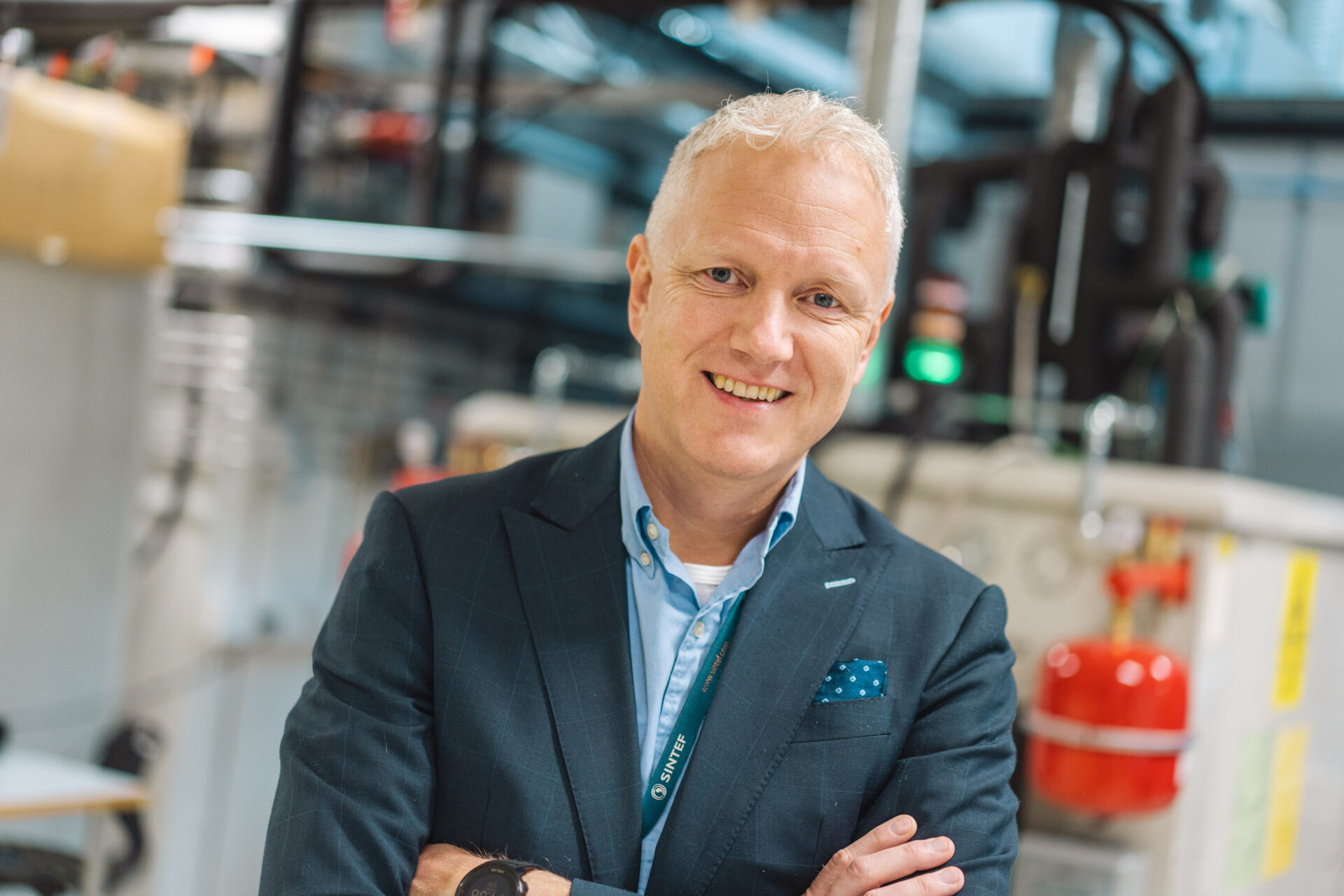
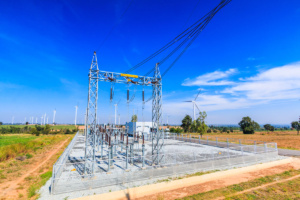
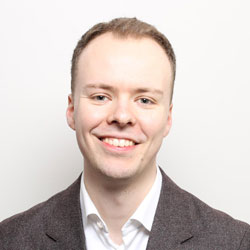
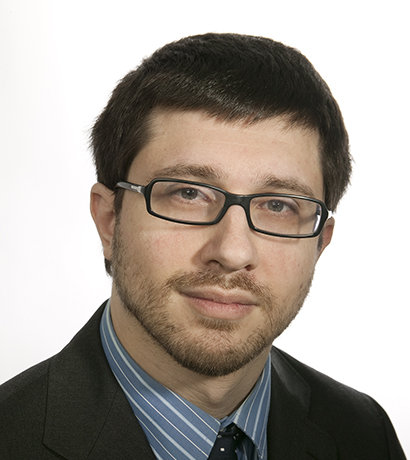


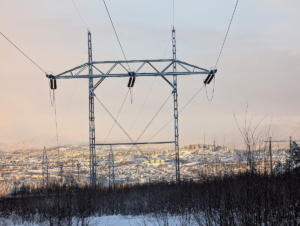

Comments
No comments yet. Be the first to comment!